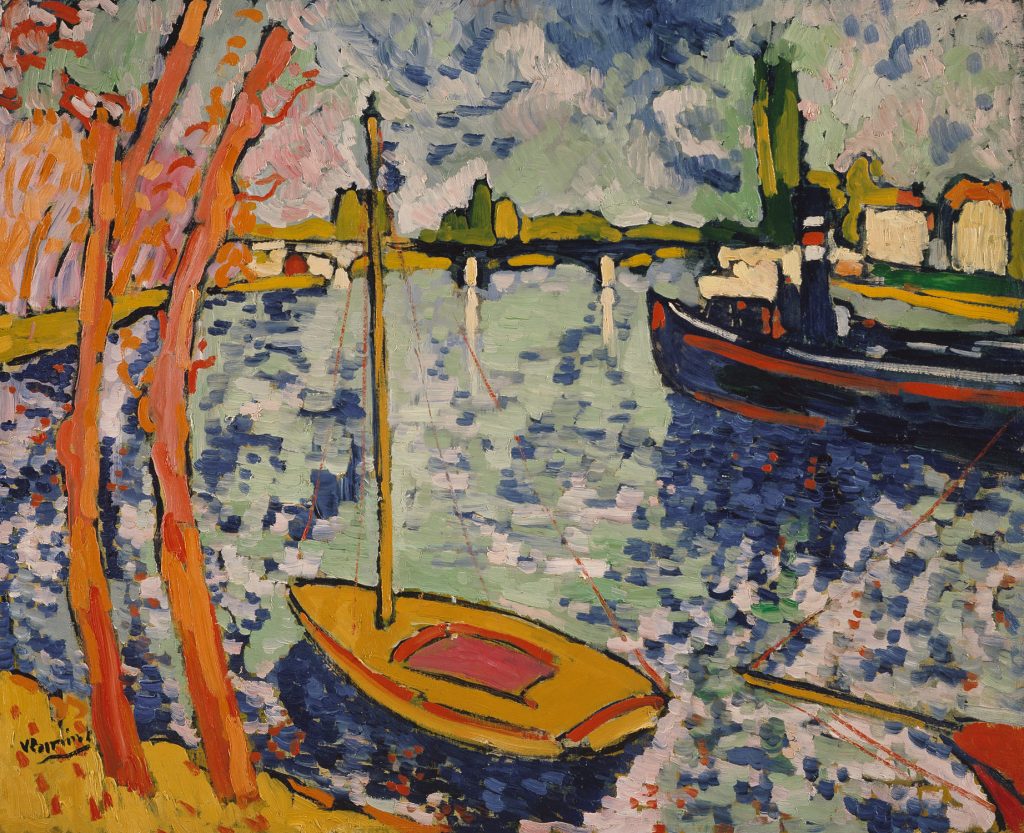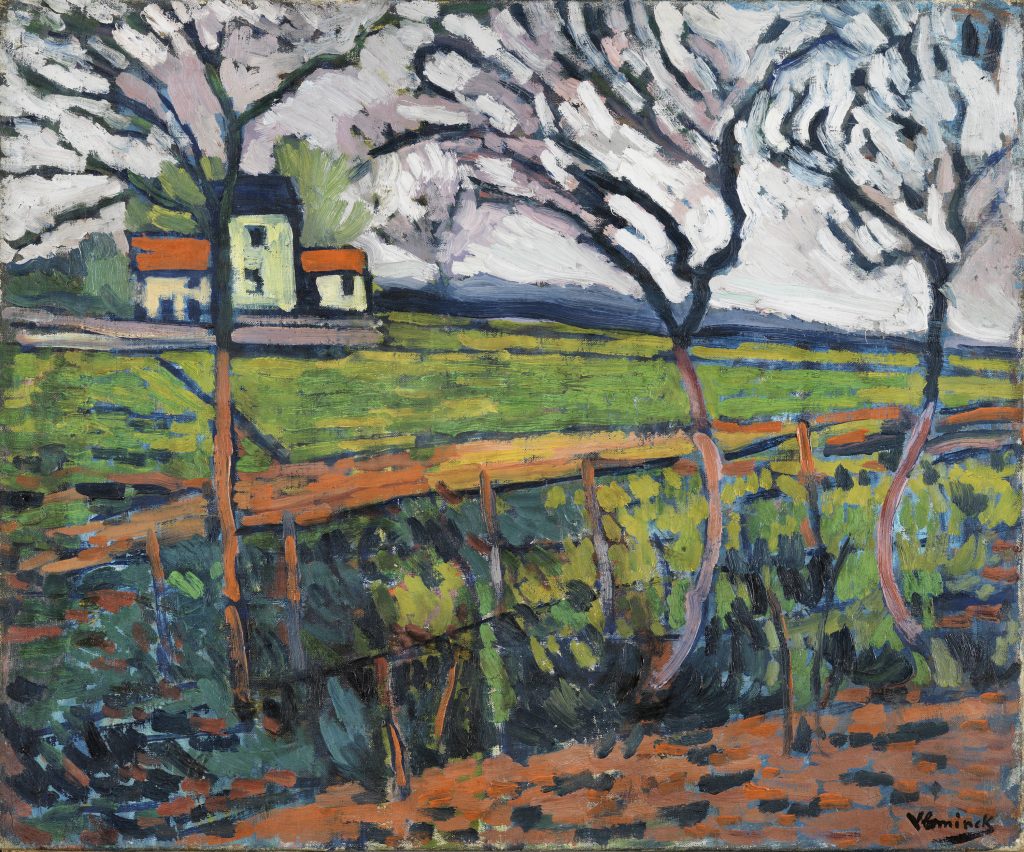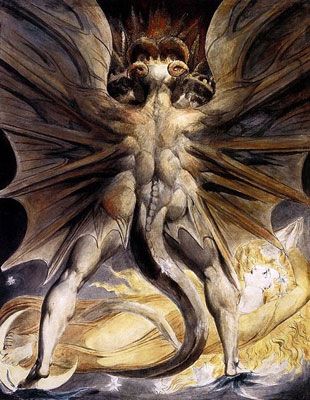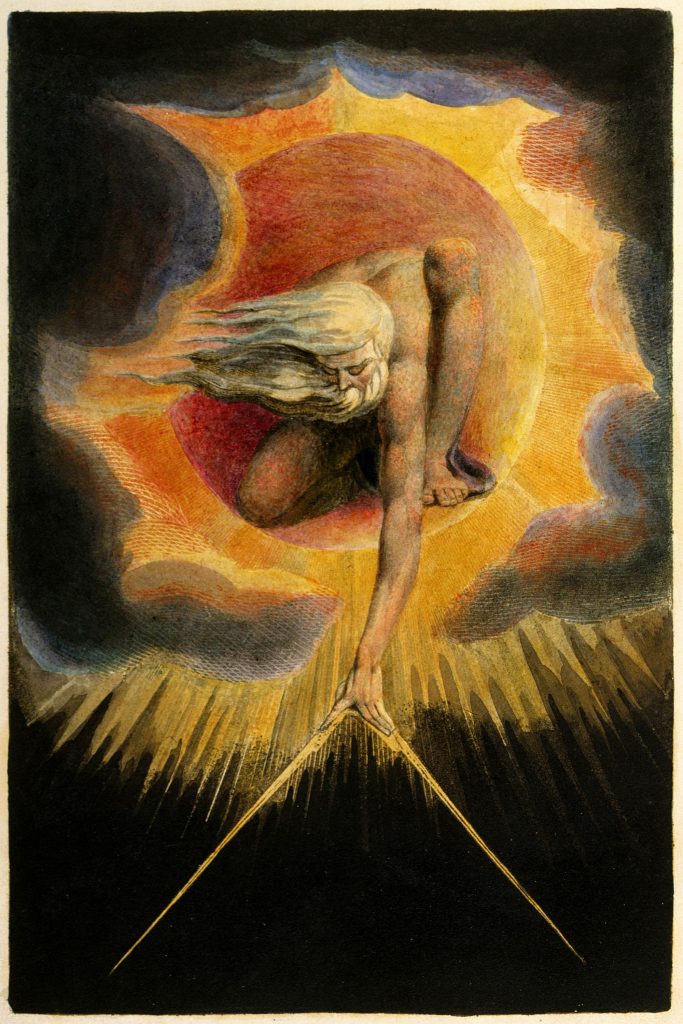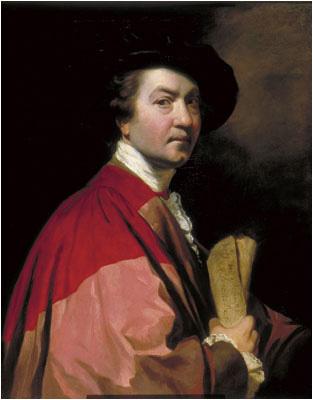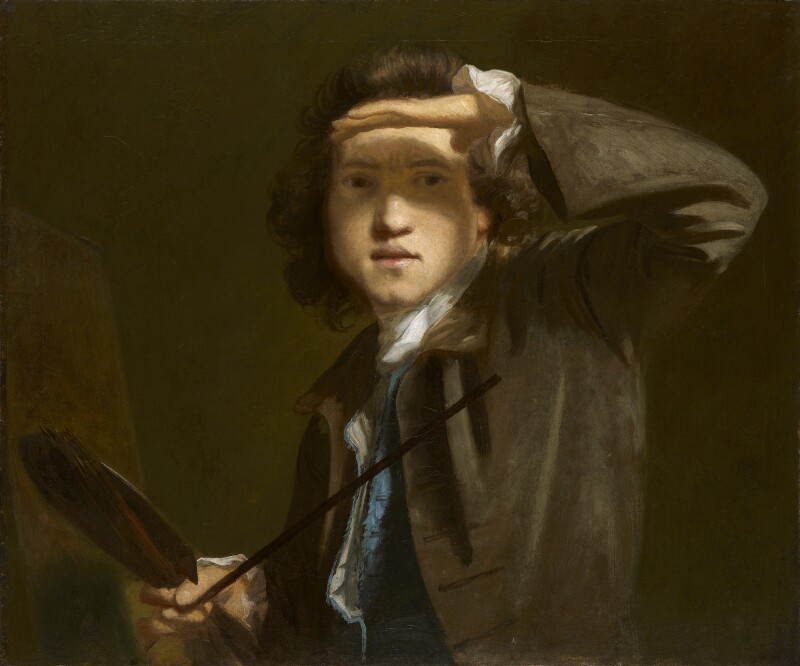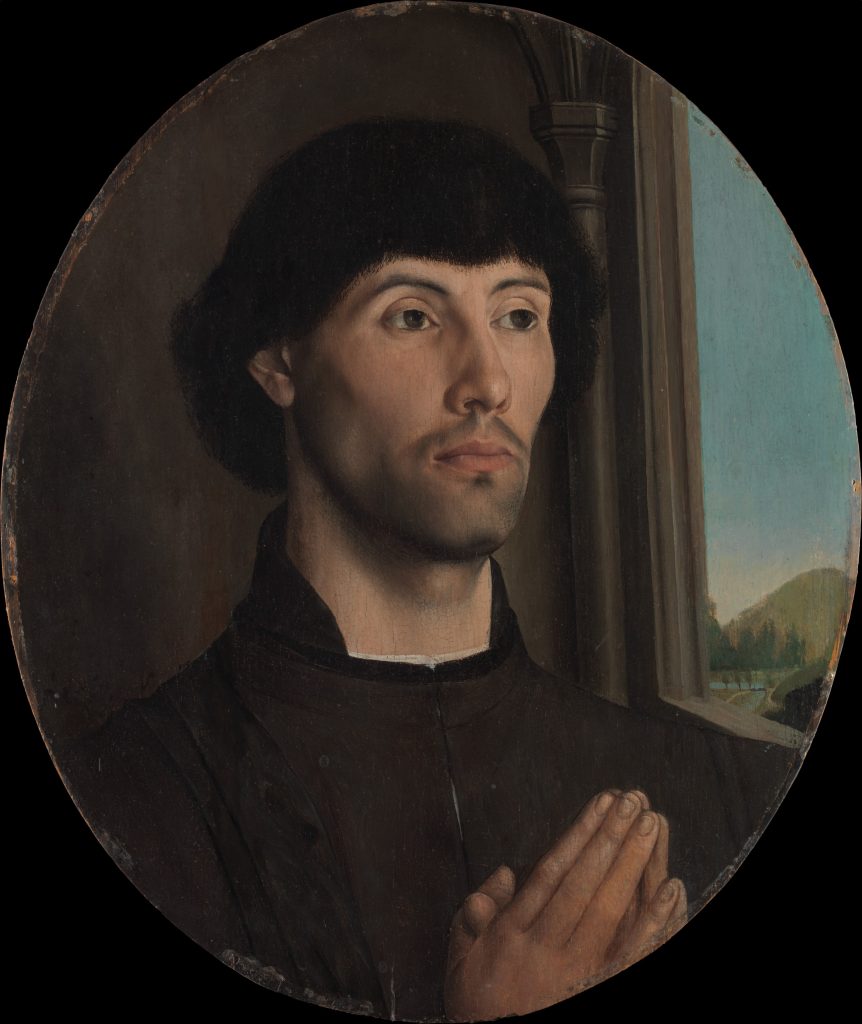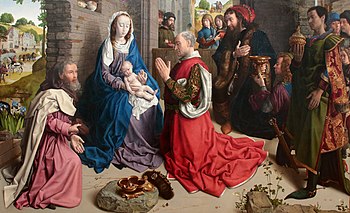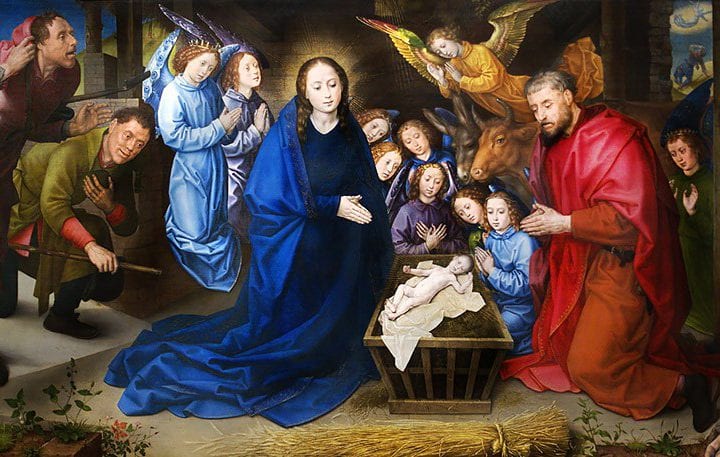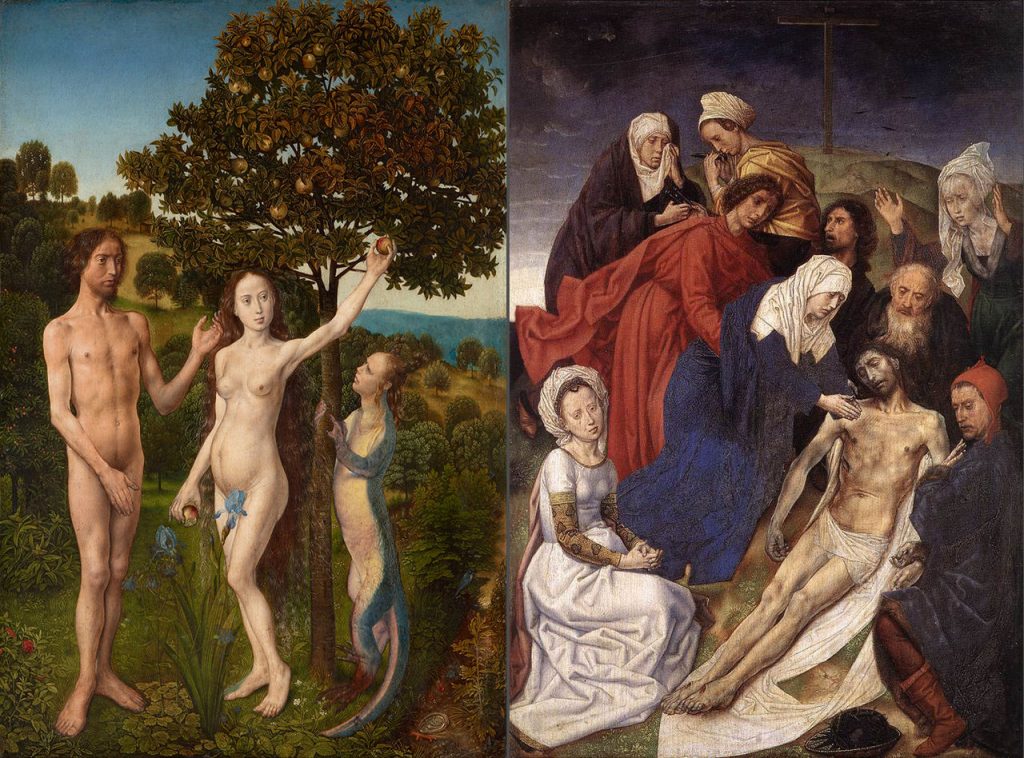Maurice de Vlaminck was born in 1976 in Paris. He started painting as a teenager but we don’t have much art from his early life as he went and served in the military. He didn’t truly start his artistic career until after he was finished serving in the army.
Vlaminck was proudly part of the Fauvism age of painting. So much so that he resented painters like Picasso for taking over the genre with cubism, thinking that cubism was driving real painting into the ground. He was heavily influenced by Van Gogh and apparently greatly admired both Van Gogh as a person and his paintings. his style is insteresting, using bold strokes and colours, not aiming for realism but more of an impression of his subject matter. More refined than cubism but still with abstract qualities.
